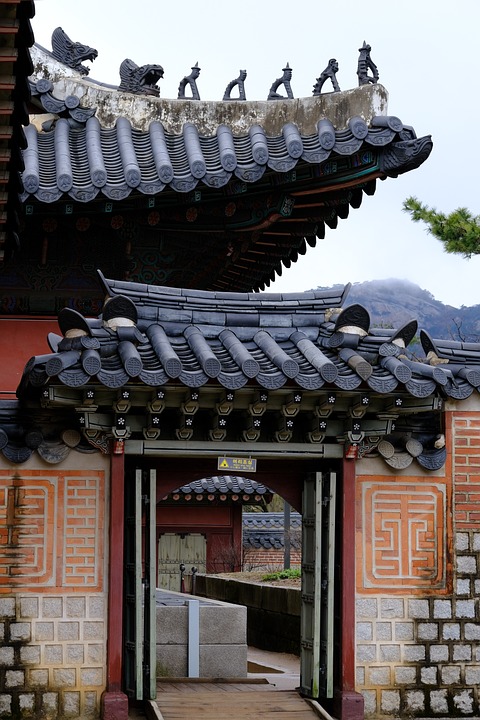The Influence of Traditional Korean Music in Modern K-pop
Over the past decade, K-pop has taken the world by storm with its catchy tunes, intricate dance routines, and stylish visuals. But what many people may not realize is the strong influence that traditional Korean music has had on the genre. From ancient court music to folk songs, Korean music has a rich history that has played a significant role in shaping the sound of modern K-pop.
Ancient Court Music
One of the earliest forms of traditional Korean music is court music, which was performed during royal ceremonies and banquets. This music was highly formalized and followed strict rules, with specific instruments and vocal techniques used to convey the desired mood and atmosphere. While court music may seem worlds apart from the upbeat pop songs of K-pop, its influence can still be heard in the intricate harmonies and melodic structures of many K-pop tracks.
For example, traditional Korean court music often features pentatonic scales, which are scales made up of five notes per octave. These scales can be heard in many K-pop songs, giving them a distinctly Korean sound that sets them apart from Western pop music. In addition, the use of traditional Korean instruments such as the gayageum (a stringed instrument) and the daegeum (a bamboo flute) can also be heard in certain K-pop tracks, adding a unique touch to the music.
Folk Songs and Dance
Another important influence on modern K-pop is traditional Korean folk songs and dance. These songs were often performed at village festivals and celebrations, and featured lively rhythms and energetic choreography. While K-pop may have taken the folk songs and dance of Korea to new levels of glamour and sophistication, the influence of these traditions can still be seen in the upbeat and catchy nature of many K-pop songs.
One of the most famous examples of traditional Korean folk music in K-pop is the song “Arirang.” This folk song has been performed for centuries in Korea, and its simple yet haunting melody has been used in numerous K-pop tracks to evoke a sense of nostalgia and longing. The dance that accompanies the song, with its graceful movements and intricate footwork, has also been incorporated into K-pop choreography, adding a touch of traditional Korean culture to the genre.
Modern Interpretations
While traditional Korean music has had a strong influence on K-pop, many artists are also pushing the boundaries and creating new sounds that combine elements of both traditional and modern music. For example, groups like BTS and Blackpink have incorporated traditional Korean instruments and melodies into their songs, giving them a fresh and unique sound that appeals to both Korean and international audiences.
One artist who has been particularly successful in blending traditional and modern music is the singer IU. Known for her soulful vocals and storytelling lyrics, IU has released several albums that draw heavily on traditional Korean music, using instruments like the gayageum and the janggu (a double-headed drum) to create a sound that is both timeless and contemporary.
Conclusion
In conclusion, traditional Korean music has had a profound influence on modern K-pop, shaping the sound and style of the genre in ways that are both subtle and profound. From ancient court music to folk songs and dance, the traditions of Korea have been woven into the fabric of K-pop, giving it a distinctively Korean flavor that sets it apart from other genres of pop music.
As K-pop continues to evolve and gain popularity around the world, it is clear that traditional Korean music will continue to play a key role in shaping its future. By drawing on the rich heritage of Korean music and combining it with modern trends and technologies, K-pop artists are creating music that is both innovative and deeply rooted in tradition.
So the next time you listen to your favorite K-pop song, take a moment to appreciate the influence of traditional Korean music that has helped shape the sound of this global phenomenon.
